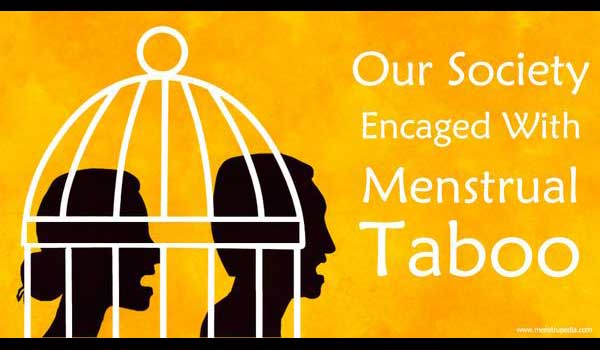Mashiad Mostafa
Teaching Assistant, BRAC University Economics & Social Sciences department
Email: mashiad.mostafa@gmail.com
Since childhood, I have been more comfortable discussing my menstruation issues with my father- starting from irregularities in the cycle, running out of sanitary pads to what medicine to take for the pain. As a result, my father would never fail to check up on me during the time of the month. However, it was only in high school when realization hit me that for the majority of the people co-existing in our society, menstruation is a topic of taboo and extreme shame.
Dhaka, the capital and most developed city in the country, where supposedly majority of the educated bunch lives, has a social restriction set on period-talks. I cannot help but wonder how big a sin would it be to bring up menstruation in remote villages all around the country? Due to the cultural stigma on menstruation, there is a severe lack in mass awareness on menstrual hygiene, access to facilities and products, resulting in adolescent girls often being completely unprepared on their first period. On the underprivileged, this can have especially extreme health consequences.
There are certain restrictions imposed on the female during menstruation. These vary from not bathing (or they will be infertile), not allowed touch a cow or plant or anything considered holy, looking into the mirror to being banished during the period. Of course, these superstitions vary from culture to culture. For example, in Tanzania, it is believed that the owner of the menstrual cloth will be cursed if it is seen by others. (HOUSE et al., 2012).
According to Bangladesh National Hygiene Baseline Survey, 10% of female student population uses disposable pads; 9% in the rural and 21% in the urban space. A major lump sum, 86% of the adolescents, uses old cloth during menstruation. As Das et al (2015) have found in their study, approximately 89% of students hide and reuse their menstrual cloth. In India, between 43% and 88% of girls wash and reuse cotton cloths rather than use disposable pads. Needless to say, such practices are extremely unhygienic and unhealthy. Such unhygienic practices can lead to Reproductive Tract Infection (RTI), Urinary Tract Infection (UTI) and cervical cancer. Incidence of RTI was 70 percent more common among women with unhygienic sanitary practices. The existing stigma around menstruation is a violation of several human rights, the right to non-discrimination, equality, bodily integrity, health, privacy and the right to freedom from inhumane and degrading treatment from abuse and violence.
The menstrual hygiene practices and economic development is correlated. With economic development comes the access to knowledge at greater lengths. With economic development comes also the access to better health facilities and education. According to the Guardian (2014), due to the lack in proper knowledge and facilities, a large fraction of adolescents miss out on school; more than 20% of girls in Sierra Leone and 30% in Nepal and Afghanistan. Compromised education due to menstruation does not only affect the adolescents but the whole community. With each extra year of education comes higher future earnings, prevention of early/child marriages, resulting in fewer but healthier children. Not only that, the possibility of domestic violation decreases with more education. Therefore, to prevent Reproductive Tract Infections (RTI) and develop proper hygiene practices, it is critical to bring issues to light with respect to menstrual hygiene to nullify such societal limitations.
There is a great necessity to establish a strong menstrual hygiene management, with the initial step being awareness programs on menstrual hygiene and sanitary pads followed by setting up a business model involving the ultra-poor; finally introducing a low budget pad accessible to underprivileged. Organizations like Project Konna are working on such projects for the female adolescents in rural areas.
Reference:
House, S., Mahon,T., & Cavill, S. (2012). Menstrual hygiene matters: a resource for improving menstrual hygiene around the world. Wateraid.
Retrieved from: http://www.wateraid.org/what-we-do/our-approach/research-and-publications/view-publication?id=02309d73-8e41-4d04-b2ef-6641f6616a4f
Das, P.; Baker, K.K.; Dutta, A.; Swain, T.; Sahoo, S.; Das, B.S.; et al. (2015). Menstrual Hygiene Practices, WASH Access and the Risk of Urogenital Infection in Women from Odisha, India. PLoS ONE 10(6).
Retrieved from: https://doi.org/10.1371/journal.pone.0130777




